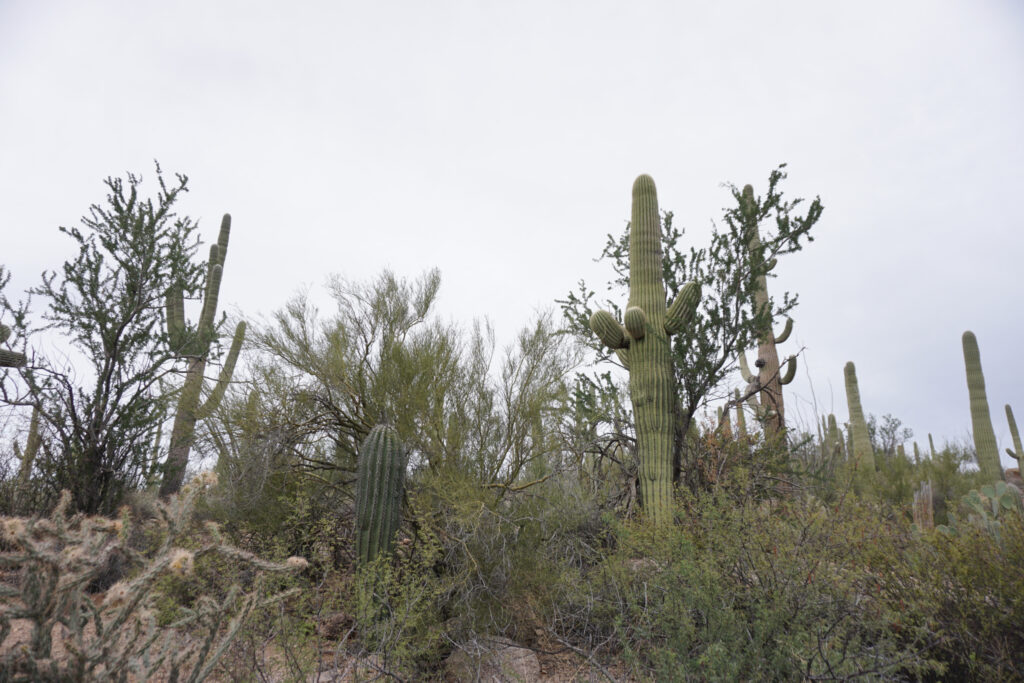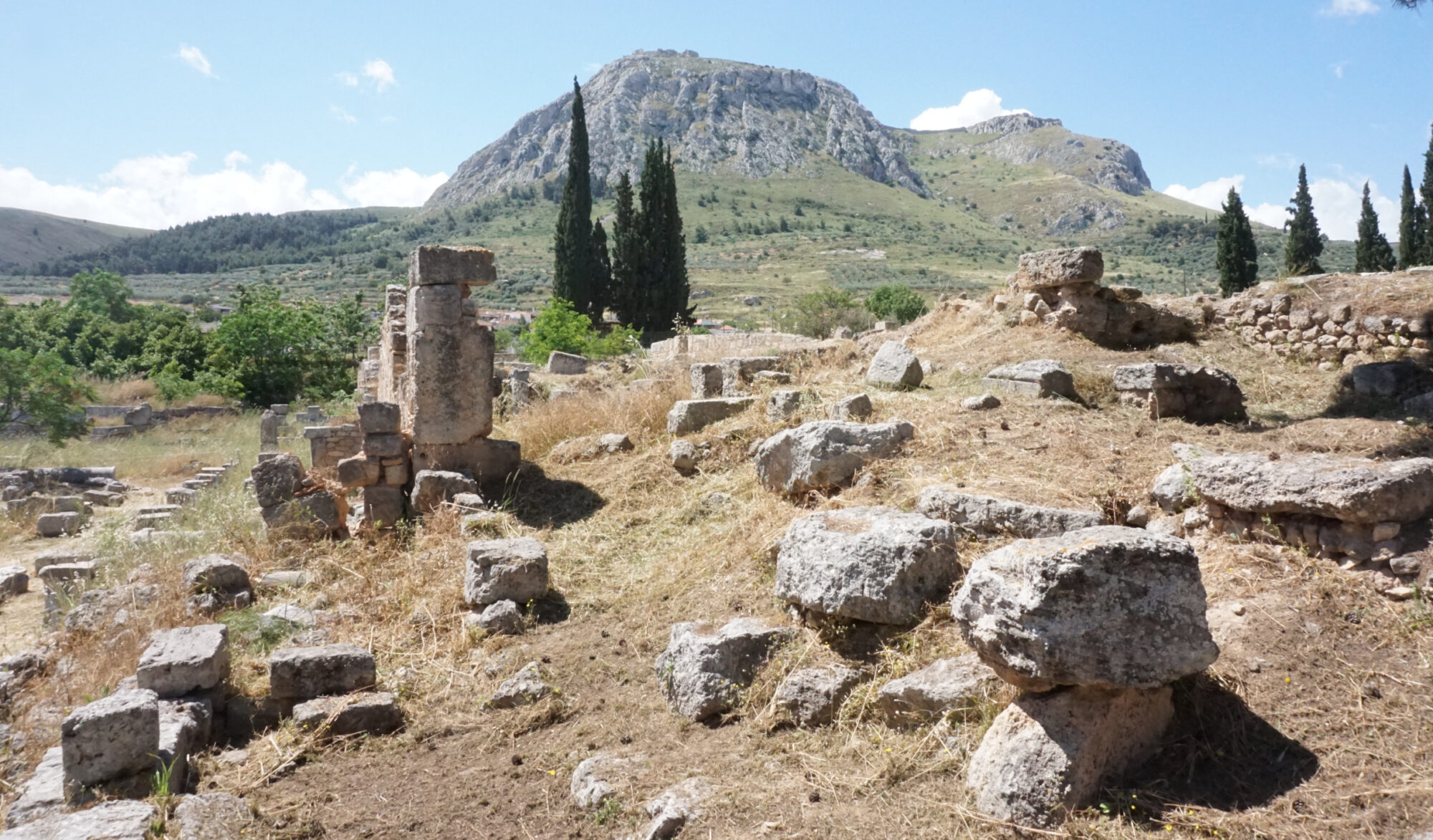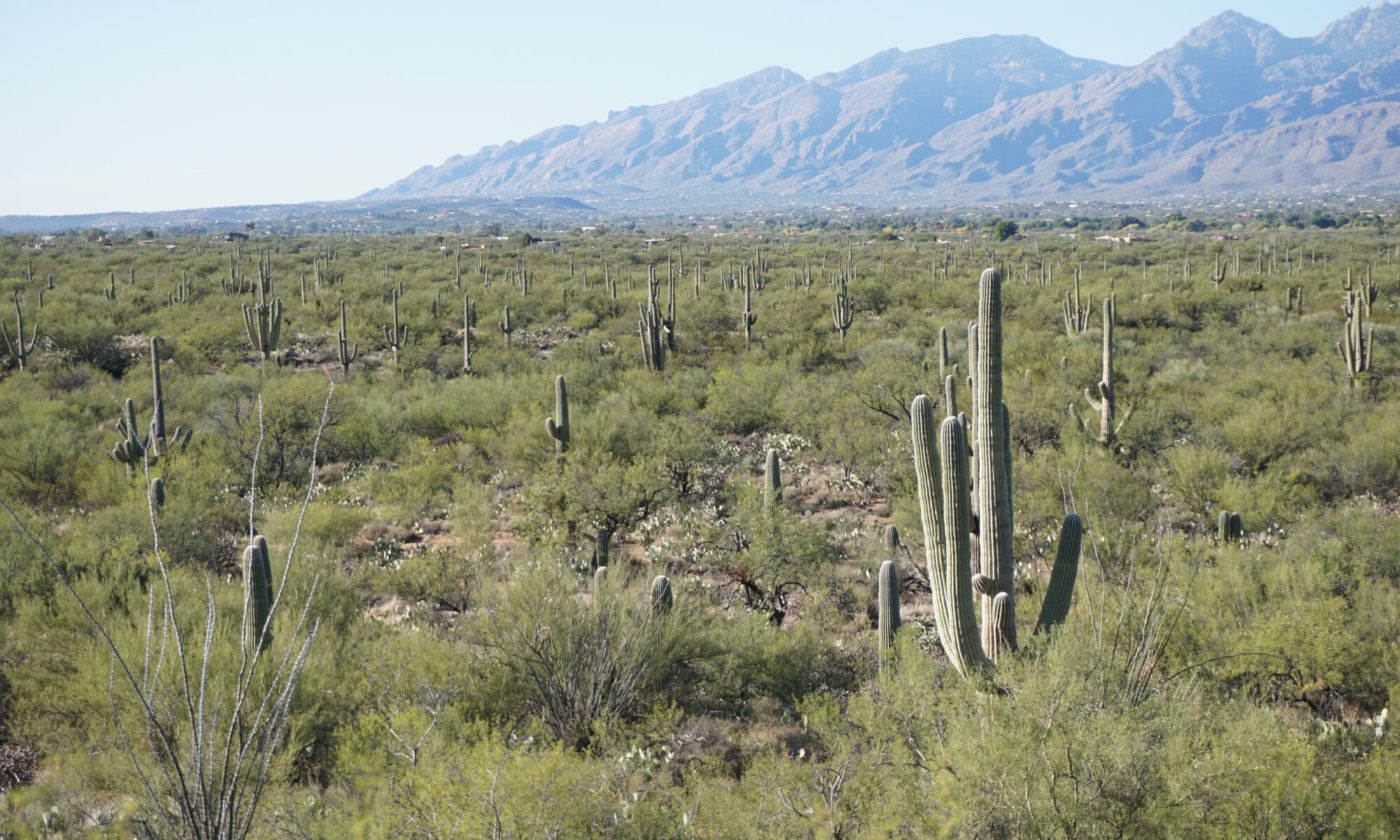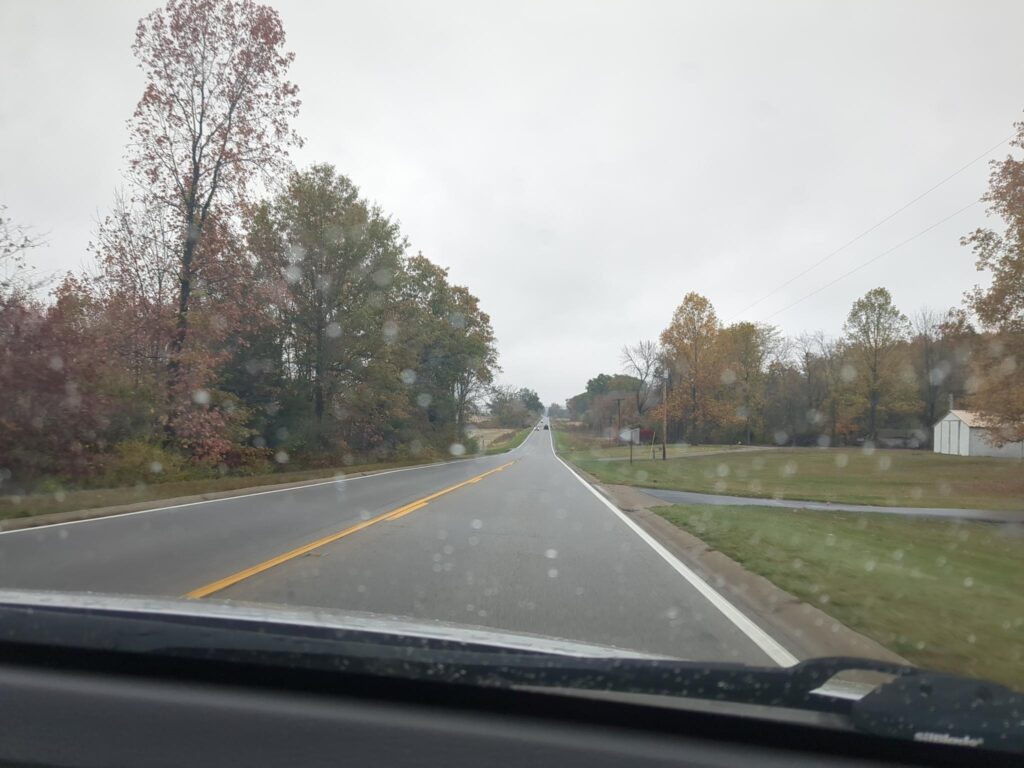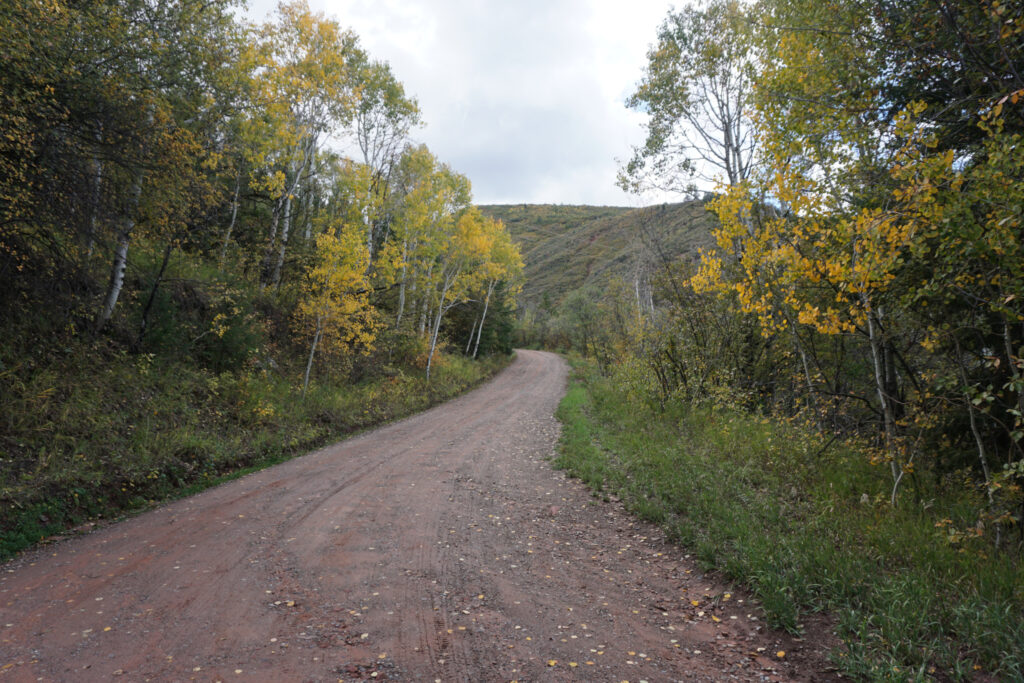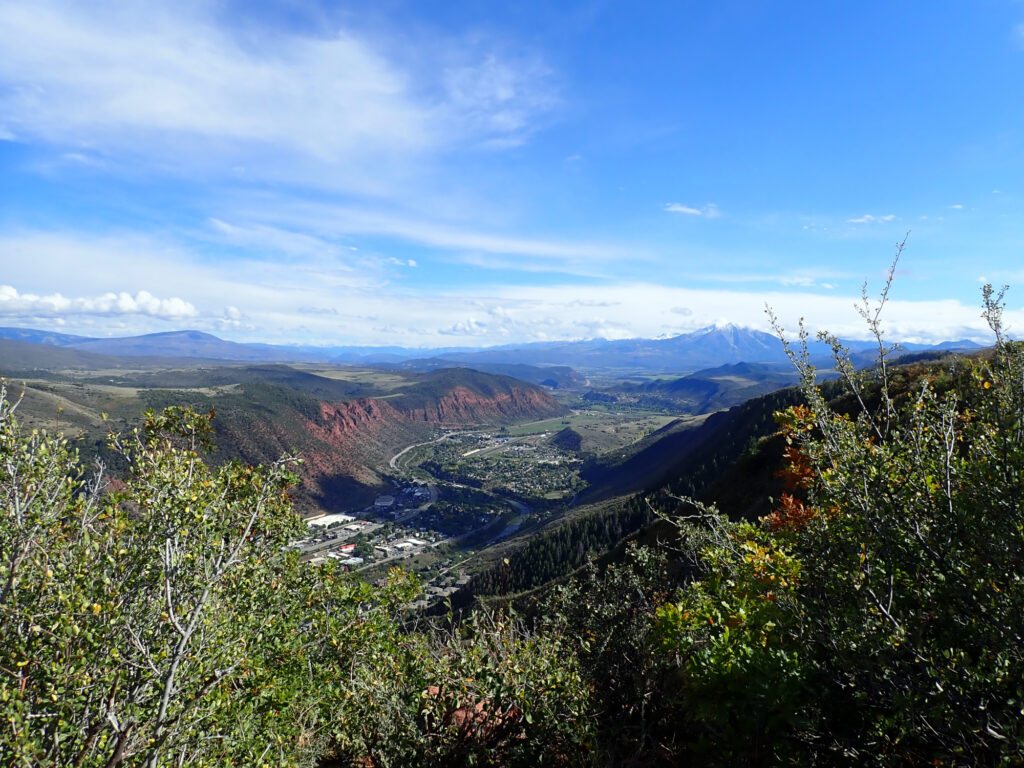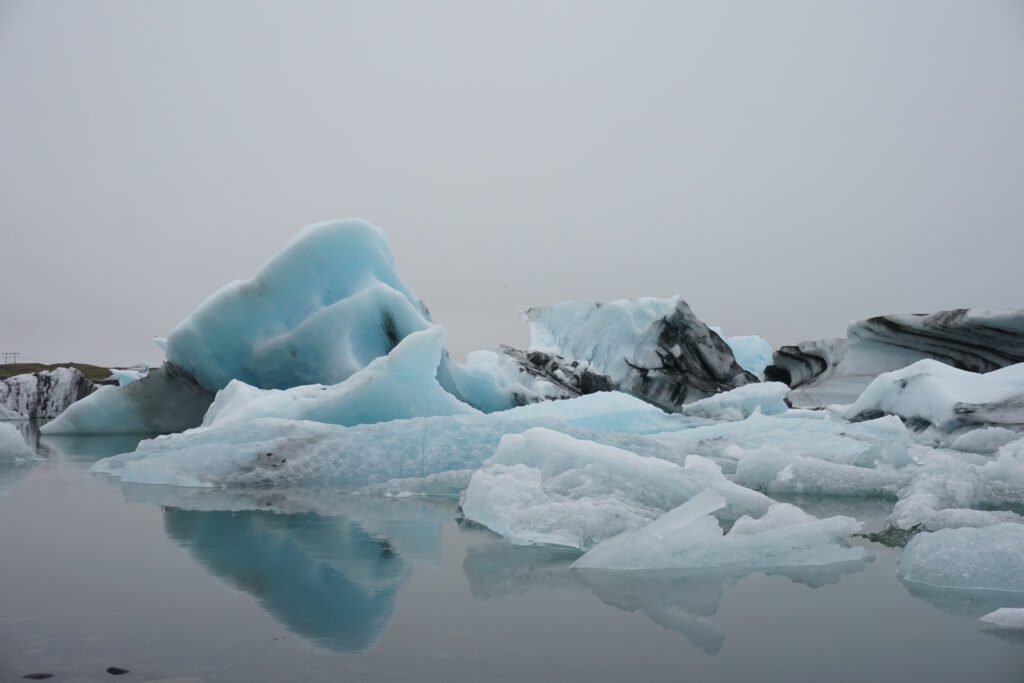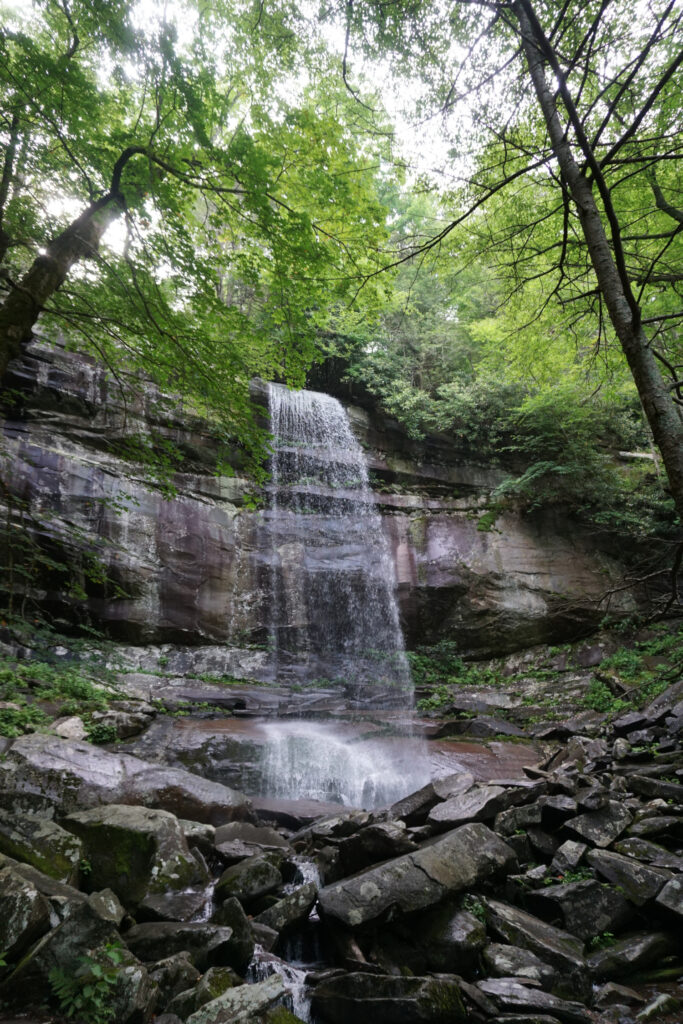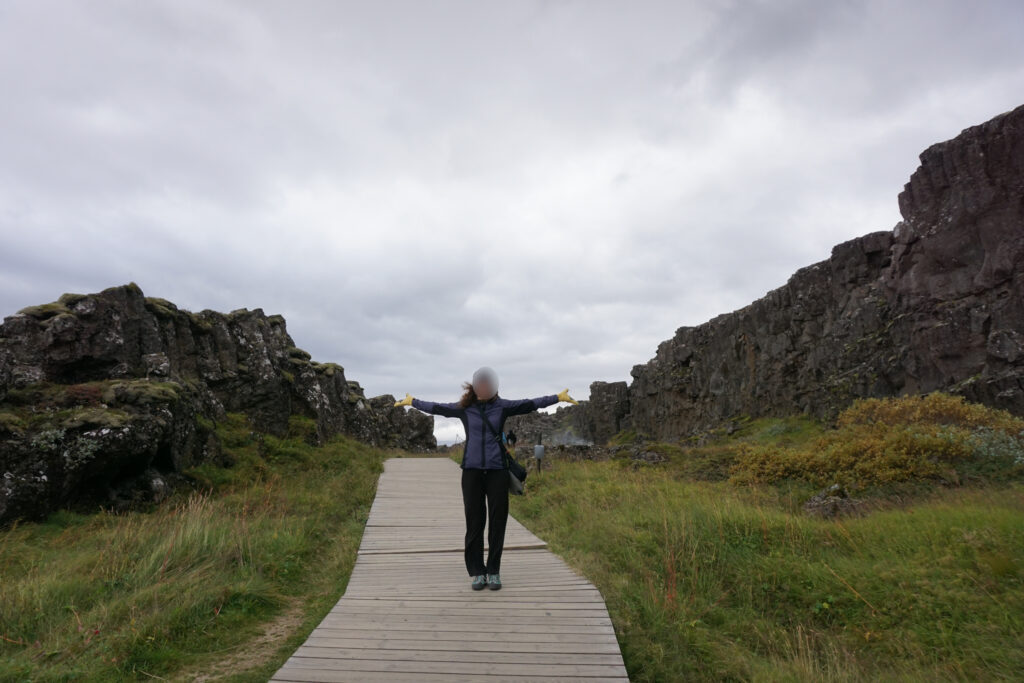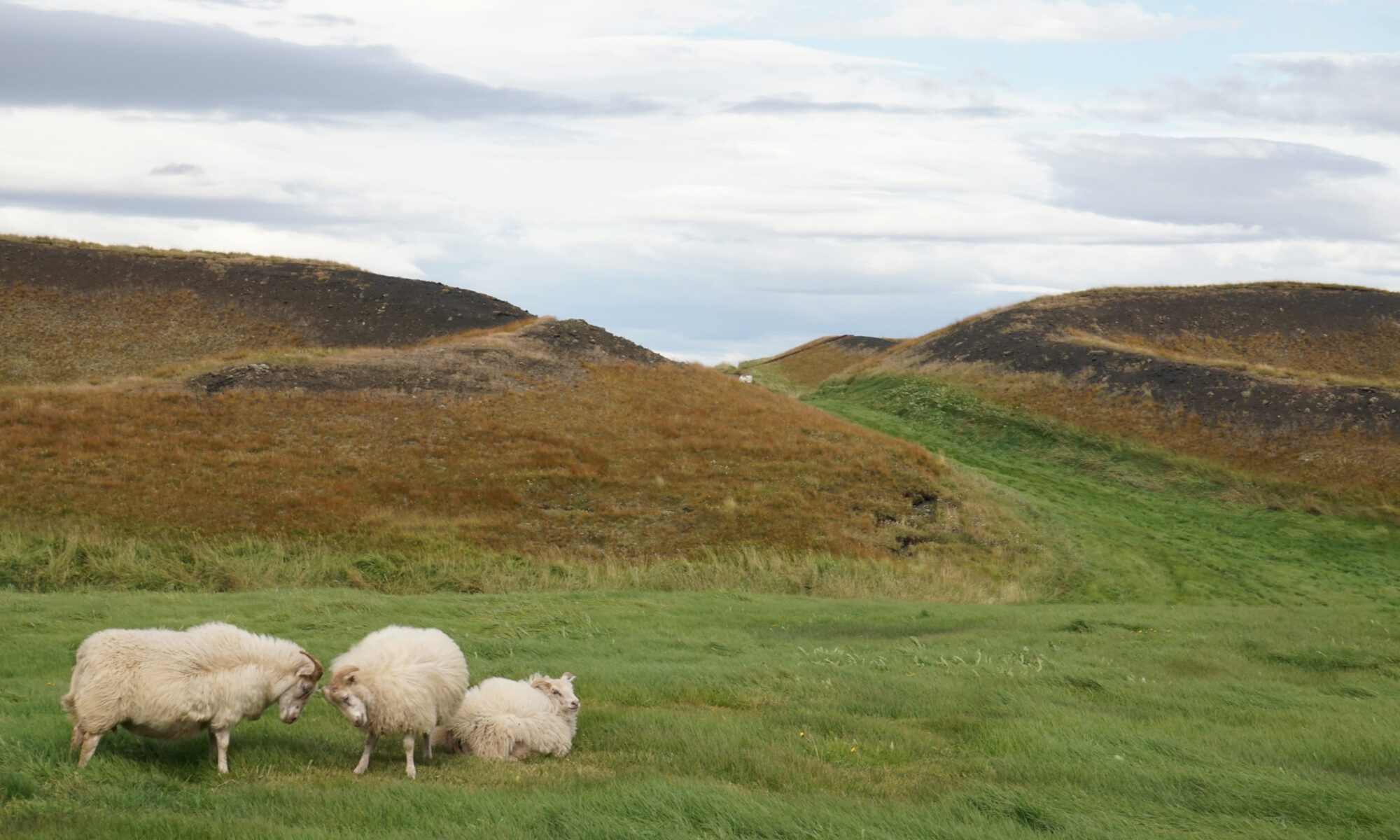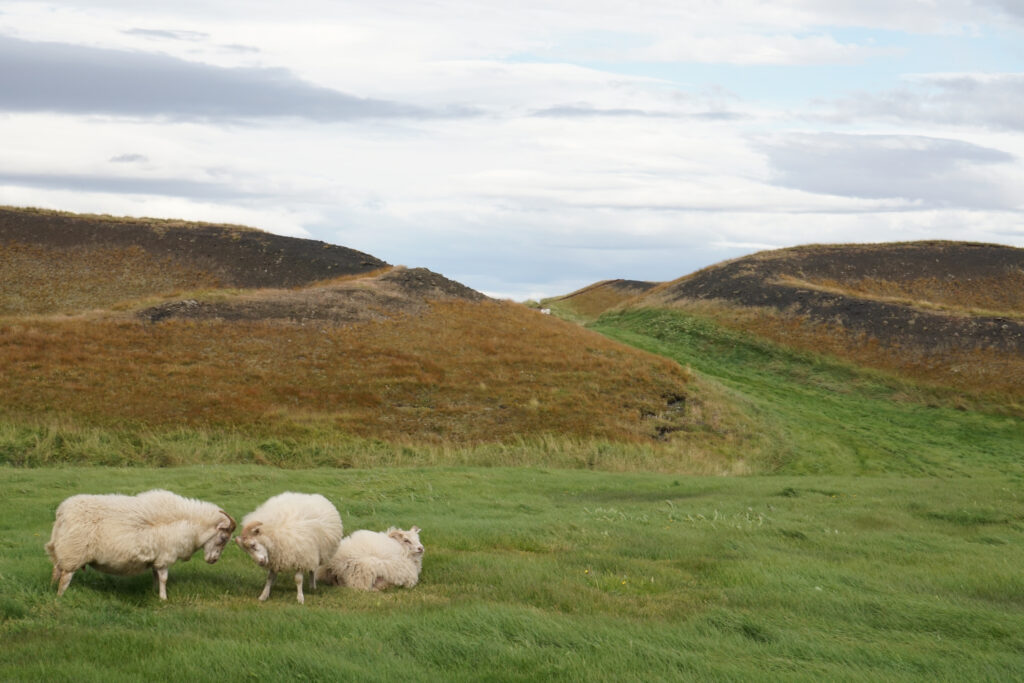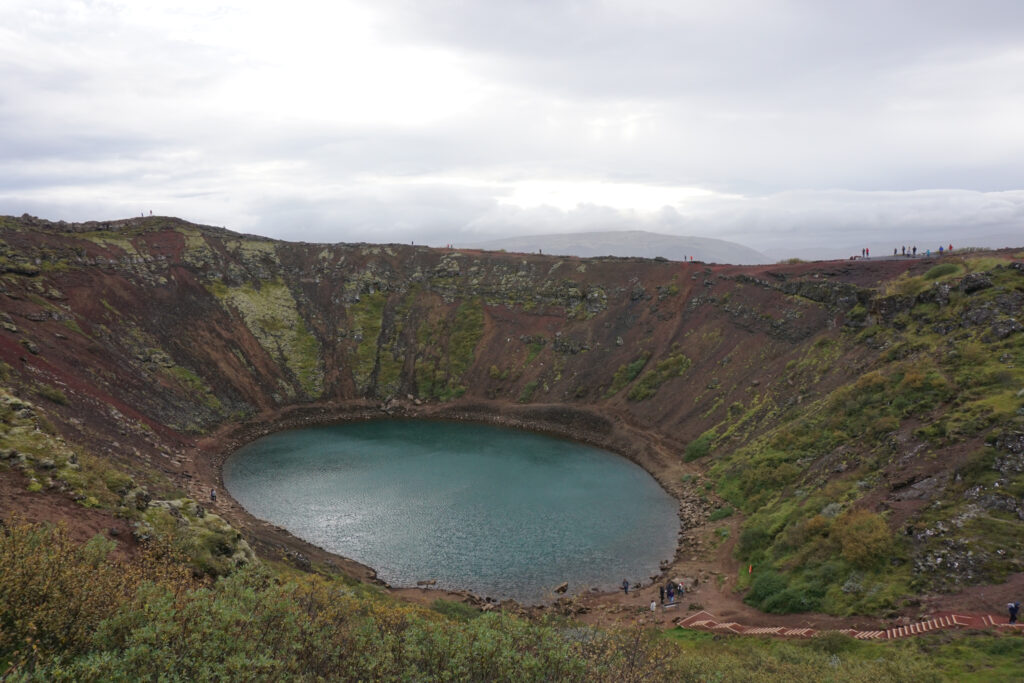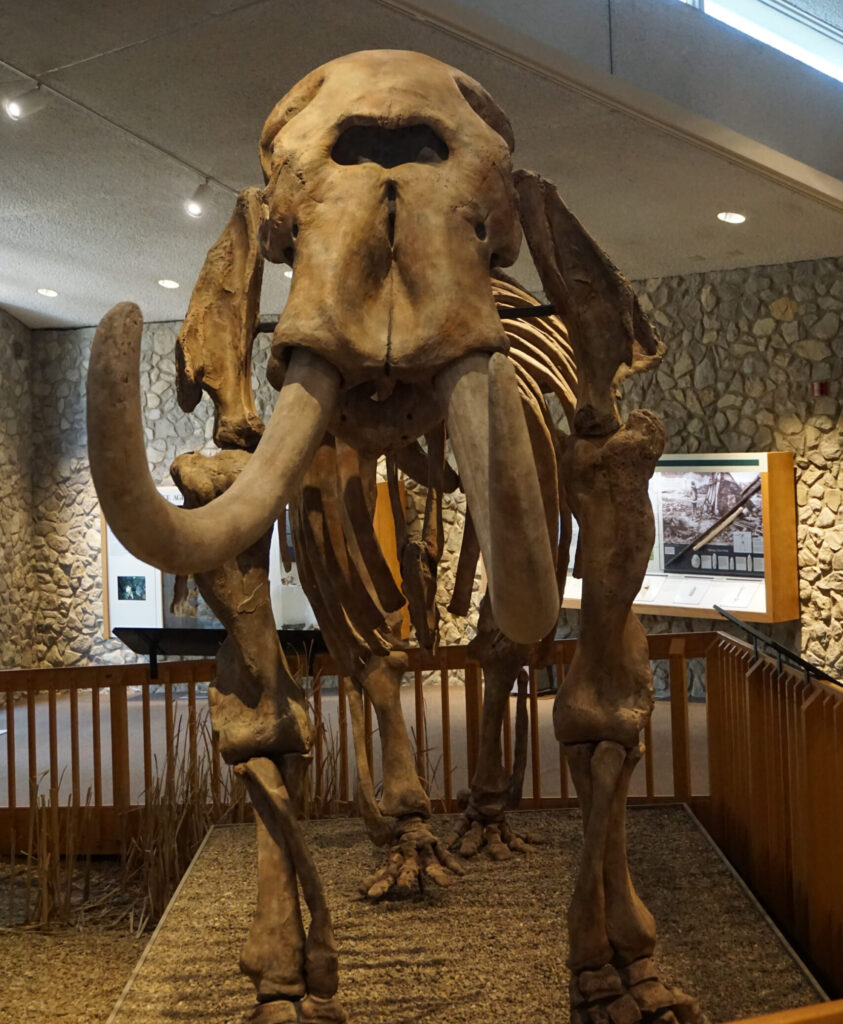Jeremiah 17:7–8 (NIV)— “But blessed is the one who trusts in the Lord, whose confidence is in him. They will be like a tree planted by the water that sends out its roots by the stream. It does not fear when heat comes; its leaves are always green. It has no worries in a year of drought and never fails to bear fruit.”
Several years ago, my husband and I road-tripped to Arizona for Thanksgiving with family. Along the way, we stopped at sites such as the White Sands National Monument (now a national park), Casa Grande Ruins National Monument, and Saguaro National Park. I had no idea the height of saguaro cacti until I stood next to one, gazing up in awe and slight disbelief. And once I did some research, I found this cactus to be a great example of the power of God’s Word.
The saguaro cactus is like a well of living water in the dry, arid desert. This cactus absorbs and stores rainwater for use over time. Woodpeckers, elf owls, and other birds build nests inside the cactus. Wildlife visit the cactus to partake of its pollen, nectar, and fruit. Others such as jackrabbits and mule deer eat its flesh when food and water are scarce.
The Bible is our saguaro cactus in the desert, a source of life, a well of living water. When we drink of the water, we can know the power of our living God. God’s Word prepares us for all situations in our lives from losing a job to starting a new one, from building a new friendship to losing an old one, from grieving someone’s death to celebrating a baby’s birth.
The Scriptures feed us courage in the face of fear: “Have I not commanded you? Be strong and courageous. Do not be afraid; do not be discouraged, for the Lord your God will be with you wherever you go” (Joshua 1:9, NIV).
The Scriptures strengthen our faith when we make a home for his Word in our minds: “Consequently, faith comes from hearing the message, and the message is heard through the word about Christ” (Romans 10:17, NIV).
The Scriptures feed our fellowship with other believers: “All Scripture is God-breathed and is useful for teaching, rebuking, correcting and training in righteousness” (2 Timothy 3:16, NIV).
The Scriptures are our living water in the desert. The Holy Spirit feeds our minds with information we need to live according to God’s Word, and when we drink, we become stronger in mind, faith, and fellowship.
